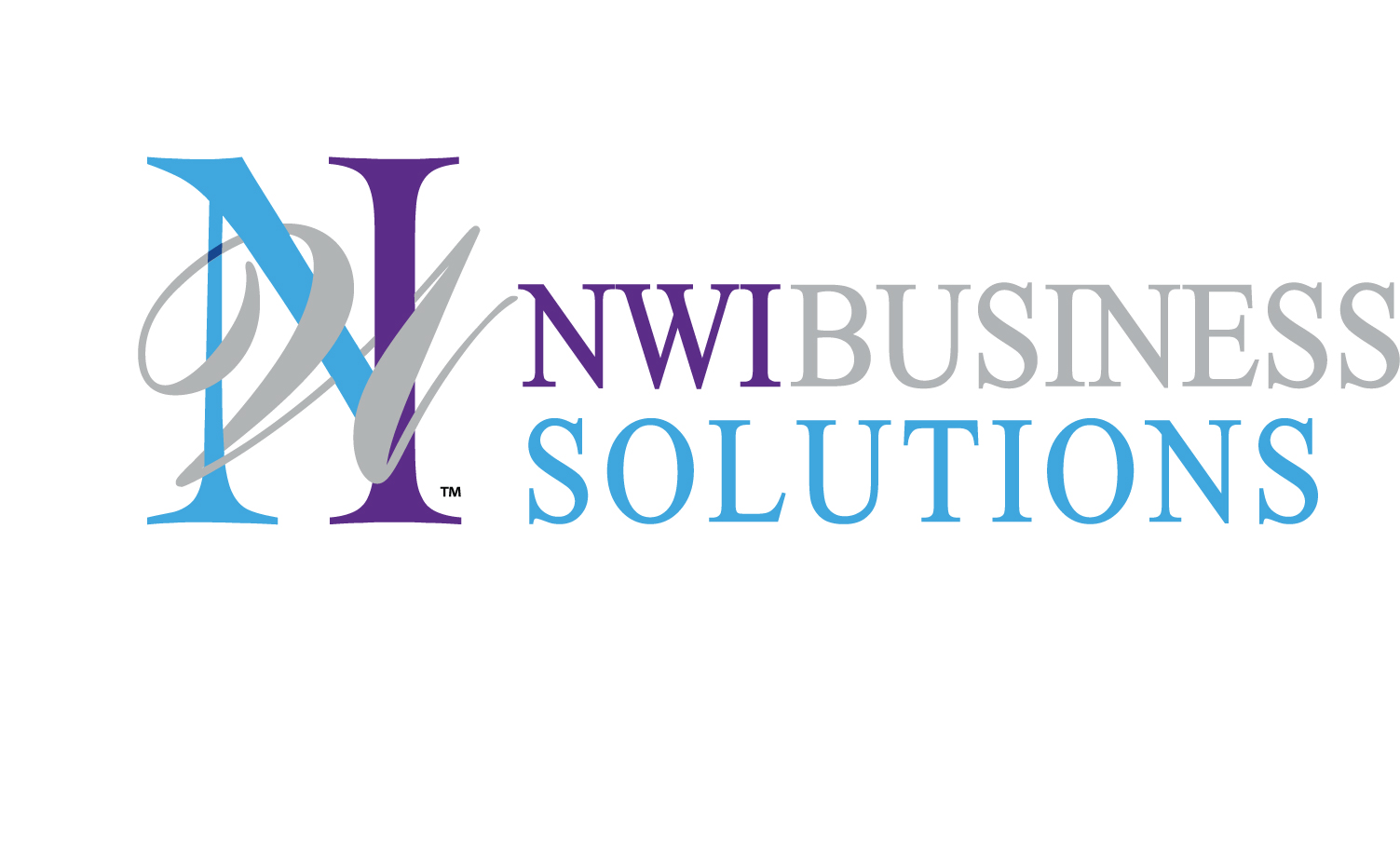Among the major social media platforms, LinkedIn has consistently been shown to be the most effective for lead generation. In fact, LinkedIn generates the highest visitor-to-lead conversion rate of any social network at 2.74%. That is more than Twitter (.69%) and Facebook (.77%) combined.
Of course, generating leads through LinkedIn does not just magically happen. You have to properly leverage your presence on the platform. Begin by creating a compelling personal profile and building your company page.
Once your LinkedIn company page and personal profiles are set up, you’re ready to grow your following and generate leads through paid promotions.
On LinkedIn, your promotion options include:
- Sponsored content
- Sponsored InMail
- Text ads
In this article, we will focus on the most popular option – sponsored content.
Sponsored Content
As a LinkedIn member, the first thing you see when you log in is a feed containing shared content and job updates from your network. Similarly, your followers see your content updates in their feed.
When you share content on LinkedIn it will be seen by at least some of your followers. This is referred to as your organic reach. Maximum reach of your content, however, can only be obtained by paying for it. While organic content shows up in your followers’ feeds, sponsored content targets people other than your followers based on how you set-up, target, and pay for advertising.
There are two ways to use sponsored content on LinkedIn.
1. Boost previously popular organic content to a new targeted audience(s).
Boosting this type of content is a useful tactic to increase your brand awareness and gain new followers for your company page. However, since this content often lacks a strong call-to-action, it may not be the most powerful way to generate qualified leads.
2. Create new content designed specifically to drive traffic to a landing page and capture form submissions.
This is a particularly powerful way to generate leads and is where you should focus most of your efforts. What kinds of content can be used to generate leads?
Effective forms of content for lead generation include:
- eBooks
- Webinars/live streamed content
- How-to-Guides
- Blog posts with offer CTAs (Calls to Action)
- Freemium downloads
- Industry-related reports
Whatever type of content you chose, it must be compelling enough to entice prospects to part with their contact information. Since the purpose of lead generation campaigns is to capture contact information, it’s also a good idea to make use of a lead gen form. Lead gen forms remove the main barrier to online conversion – forms that must be filled out manually by prospects.
Fortunately, LinkedIn offers a built-in lead gen form. When LinkedIn members click on your ad, their profile data automatically populates the form that can be submitted with one click. They save time and effort and you get accurate and complete information about your leads.
Targeting
LinkedIn paid promotions are set up and run through the Campaign Manager. Within Campaign Manager, you will first specify your target audience. To do so, you can choose from LinkedIn’s wide variety of targeting criteria, such as:
- Demographic data (job function, seniority, company name, geographic region, industry)
- Interest-based targeting (group membership, skills, fields of study)
- Persona targeting (job searchers, opinion leaders, business leaders, business travelers, etc. — available when you work with a LinkedIn rep)
- Your own audience data (target account data)
Focus in on an audience by combining targeting features. Combine targeting features (such as geographic region, company size, and seniority level or geography, industry, and job title) to maximize the results.
Avoid hyper-targeting. Try keeping your campaign target audience to a minimum of 500,000 people. In general, your target audience should be based on location, plus no more than one or two demographic factors.
There are two advanced targeting tools in LinkedIn that can be used to boost your results:
1. Website Retargeting can be used to re-engage your website visitors. With Website Retargeting, you can create audiences based on the pages they visit on your website and recapture their interest with content ads relevant to the pages they viewed. Using this function requires that you add the LinkedIn insight tag to your web pages.
2. Contact Targeting can be used to integrate or import your contact lists into LinkedIn. With Contact Targeting, you can then target these contacts (and people like them) with your ad campaigns.
NWI Business Solutions
At NWI, our unique and effective method of bridging sales and marketing concepts into one comprehensive business development strategy enables us to provide compelling growth solutions for our clients. For help with your LinkedIn strategy, lead generation, or other business challenge give us a call.


Recent Comments